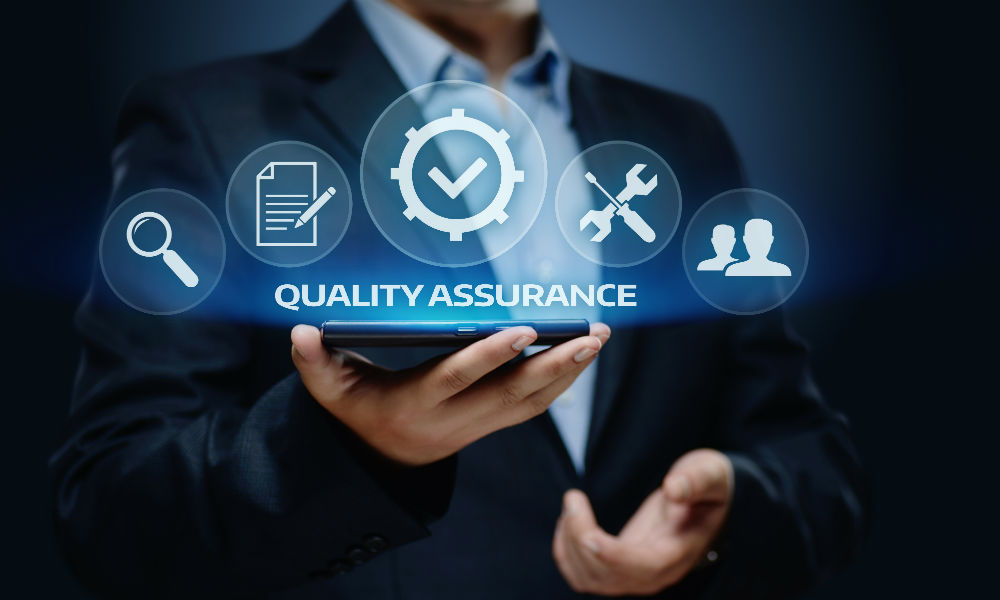 Back to all articles
Back to all articles
Blogs
Draw a Roadmap for your Software Launch


Are you planning to go for a new software launch? Maybe you have an idea that looks worth the time and dedication? Maybe you’re just looking to put out a product that you know for sure is going to sell like hotcakes.
Wait! Do you have all of the plans sorted out? Or you’re just going to see the launch as it happens? Before you can even begin materializing your idea into a software product, you must have a solid roadmap for good execution of the product’s launch. Regardless of the nature of the product or the target audience. The launch of a product is where you need to be extra careful as it can make or break your entire marketing strategy.
This is where you need to strategize your software launch roadmap. A roadmap will enable you to have a clear & concise goal in terms of the things you want to accomplish. Let’s understand what a roadmap is and how you can formulate one for your software launch:
What is a Roadmap?
Imagine you’re about to go on a road trip in an unknown area. Before the trip, it’s almost customary that you will be making a mental roadmap or even a real roadmap of your entire journey. In your journey, you’ll be leaving your premises within a certain time, reaching a certain city. You get the basic idea, right? Well, a roadmap in the software industry is important as well. It can be defined as a set of activities that lay out all the requirements needed to successfully launch a software.

A roadmap isn’t exactly a static thing or a pre-launch thing even. In fact, roadmaps can be changed according to current market scenarios. Such as a change in consumer habits or if a major problem escalates in the markets. Roadmaps allow you to make the changes in perfection. Here are some of the steps you can take to strategize your roadmap for a software launch:
Stage 1) Discovery:
The underlying strategy of why you’re building this product is where the key is. You need to find out and write down the clear goals, vision, and initiatives for the product you’re developing. Your team also must be onboarded during this process, as they need to understand the vision behind your product. The strategy must also include ways that focus on developing and maintaining a competitive advantage over your competitors.

Stage 2) Design:
Design is the second stage of your roadmap. The design stage allows us to actually focus on product execution. As we have some preliminary information, we can further break down the requirements. Mostly in terms of what the design workflow would be and what resources will be used to execute a certain task. This is the stage where all things are getting ready for development to take hold.
Stage 3) Development:
The process of development is usually divided into multiple sprints. Each sprint must be indicated on the roadmap and what needs to be achieved during the sprint. The roadmap can even be shared with your customers in this stage as they can keep themselves updated and if needed, they can even modify a certain requirement. For obvious reasons, the development stage takes a high priority in the roadmap.
Stage 4) Quality Assurance:
Quality assurance is a stage that is run in synchrony with development. However, it deserves a separate mention as it’s a world of its own. There are plenty of testing techniques in SQA and they need to be timely implemented so that the process of development may be more efficient. QA is an important part of the roadmap because it ensures the quality and timely delivery of the final product.

Stage 5) Deployment:
Last but not the least, deployment refers to the launch of the software product itself. There are certain prerequisites that need to be met before you can deploy your software. Once all the above 4 stages are completed, you are essentially ready to deploy. We suggest in the step of deployment, you should make a checklist and check all the things that you have completed. This enables a detailed check of everything including marketing and sales aspects.
In a Nutshell:
Did you notice that we didn’t really tell you how to make a roadmap? Well, the blog is about what constitutes a roadmap, as making one is entirely another story. Although, before you can move into the process of making a new roadmap, we suggest you to fully understand what is a roadmap and how is it relevant to your product?
Besides, if you’re looking for remote engineering teams then don’t forget to say hi! We are really good at conversations!
Don't hire us right away
talk to our experts first,
Share your challenges, & then decide if we're the right fit for you! Talk to Us
Partnerships & Recognition
Commitment to excellence






